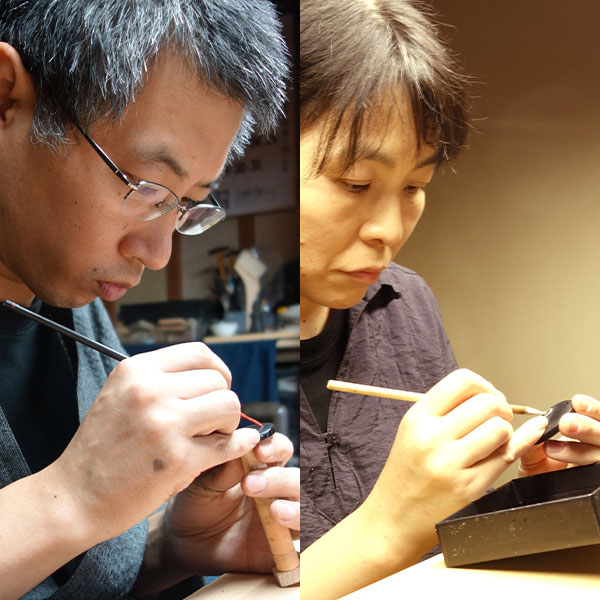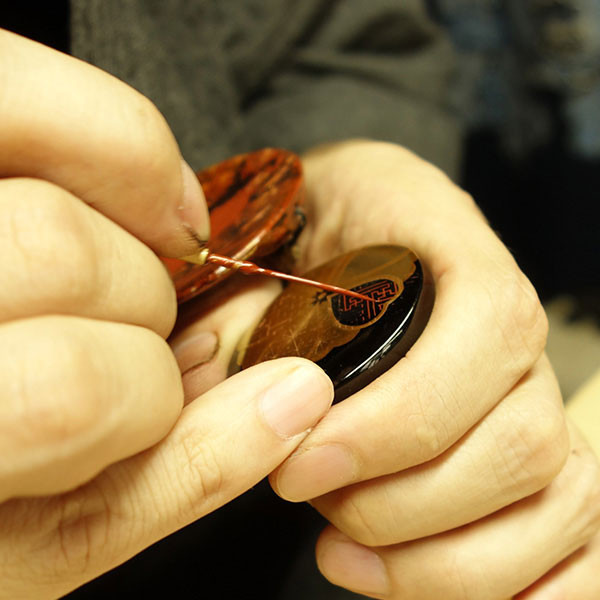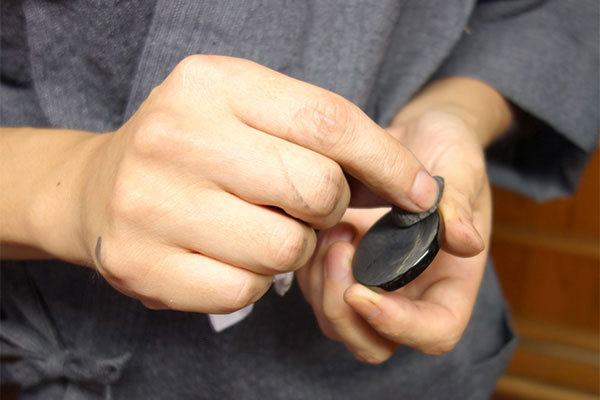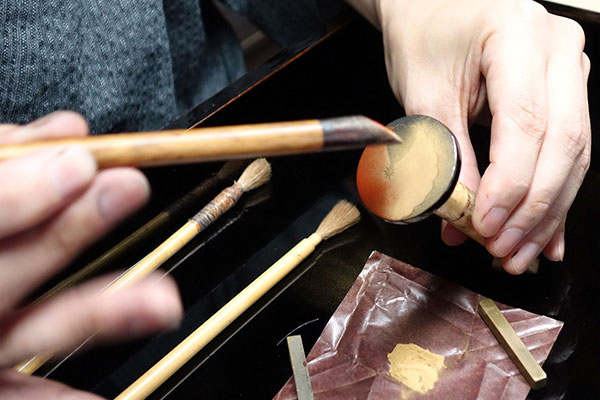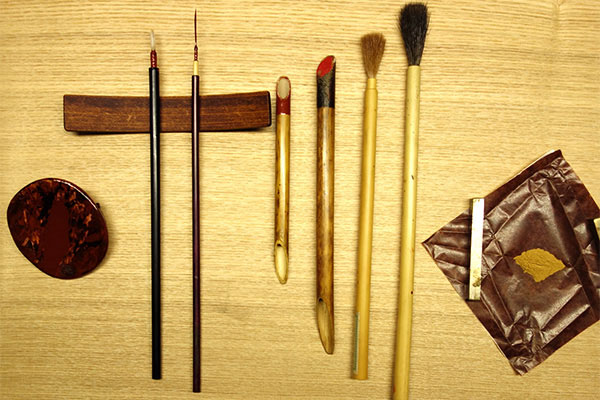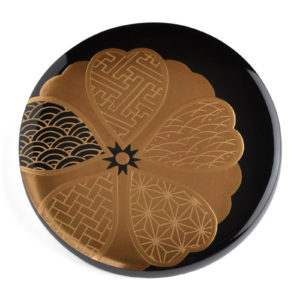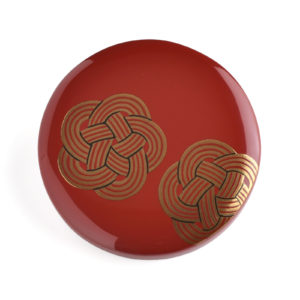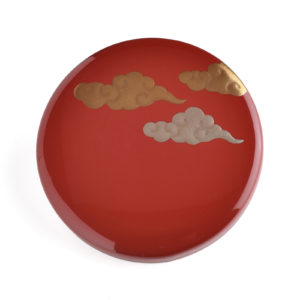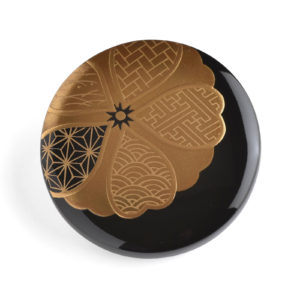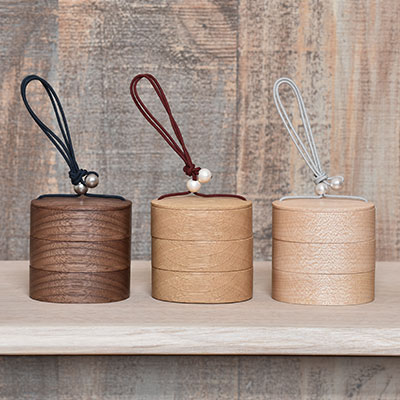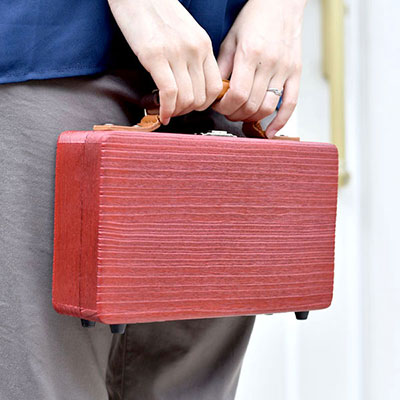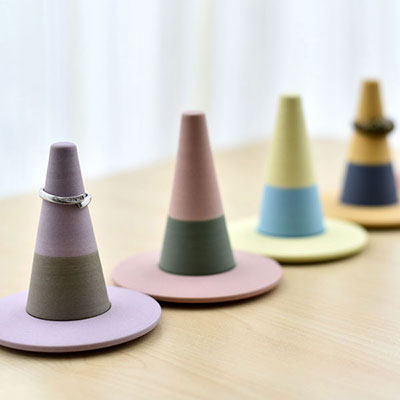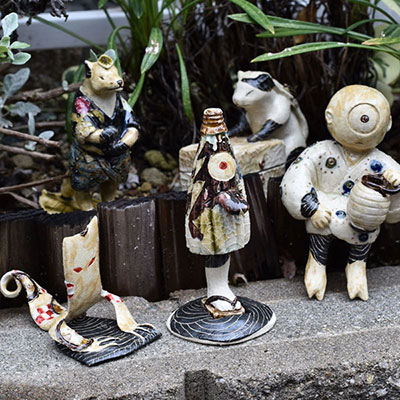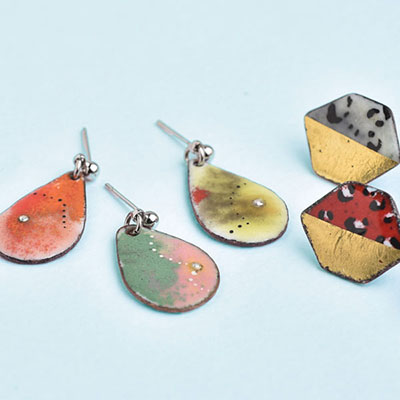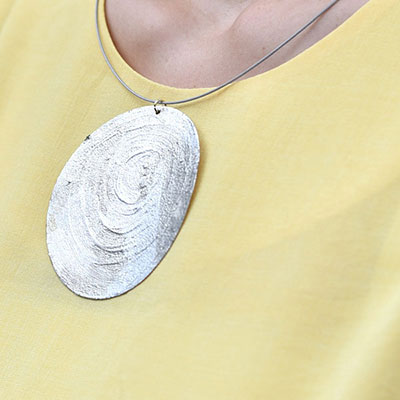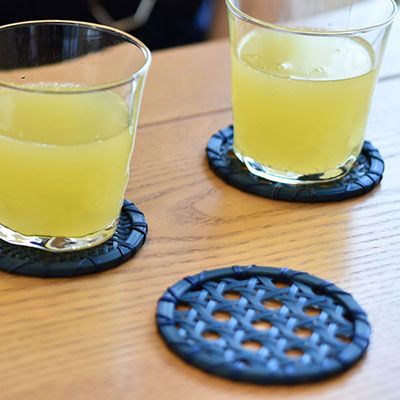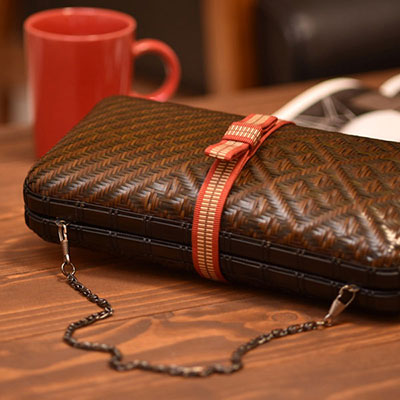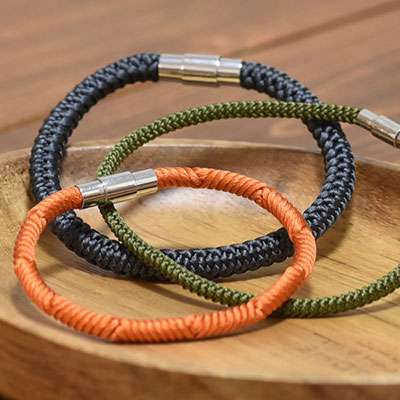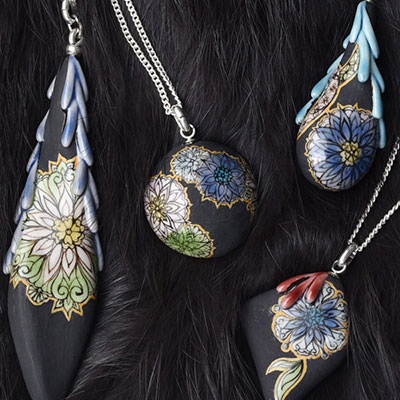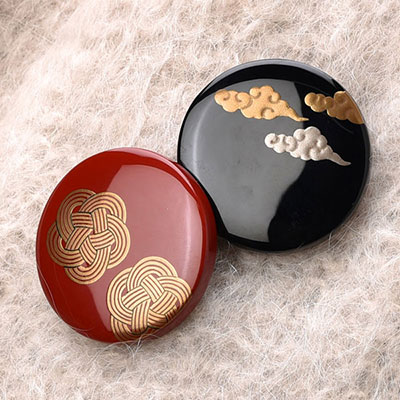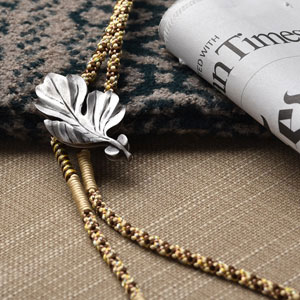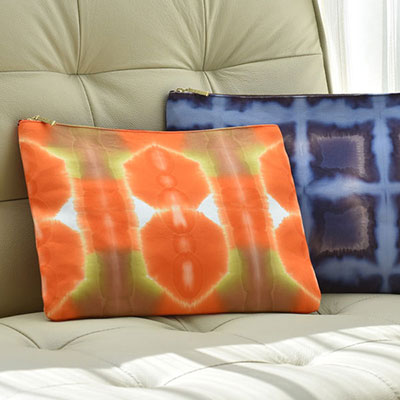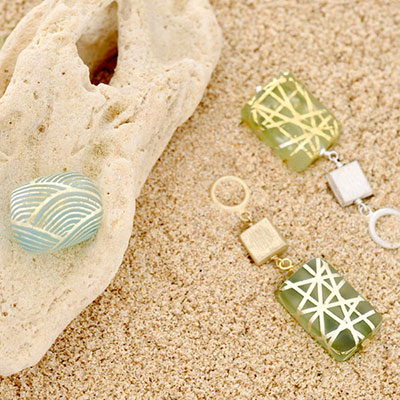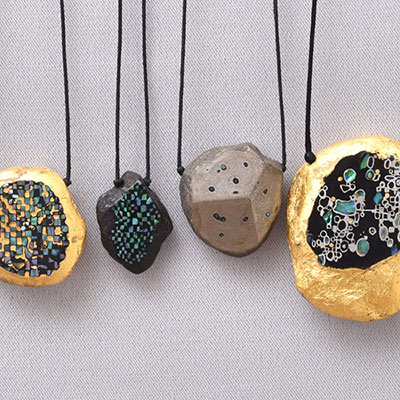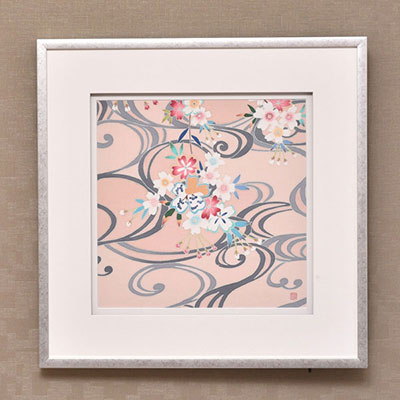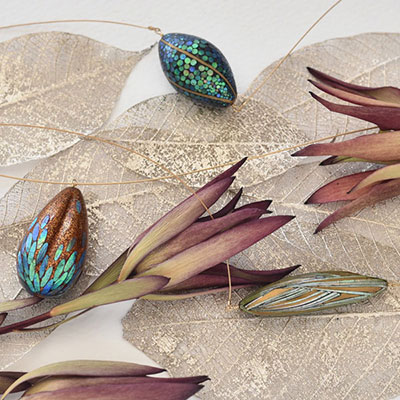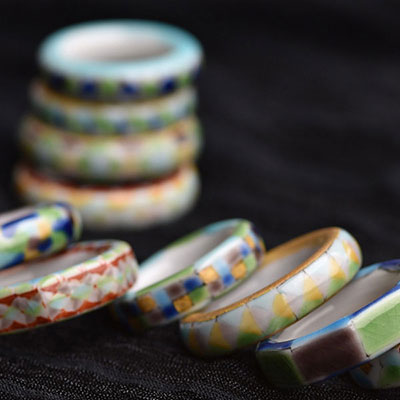Story
About Urushi
Urushi is one of the most durable natural lacquers available, made from the sap of the Urushi tree. It has been used for almost 9000 years, and popularly used for bowls, trays and boxes, amongst other things. The resin lacquer urushi adds durability and resilience to make these items last longer, as well as giving each item a beautiful glossy appearance. Its adhesive qualities are also used art for attaching decorations (e.g. gold powder, shell and eggshell). While a variety of decorative techniques have been developed throughout China, Korea, Myanmar and Japan, maki-e is a peculiarly Japanese technique which uses gold and silver powder to decorate the surface of the artwork.
Note: Urushi is usually mixed with other ingredients when used. For example, cloth, Japanese paper (washi) and also whetstone powders (jinoko and tonoko) add strength and smoothness. Contemporary urushi artisans are adding their own personal touch to their creations by drawing on techniques and knowledge from the past.

